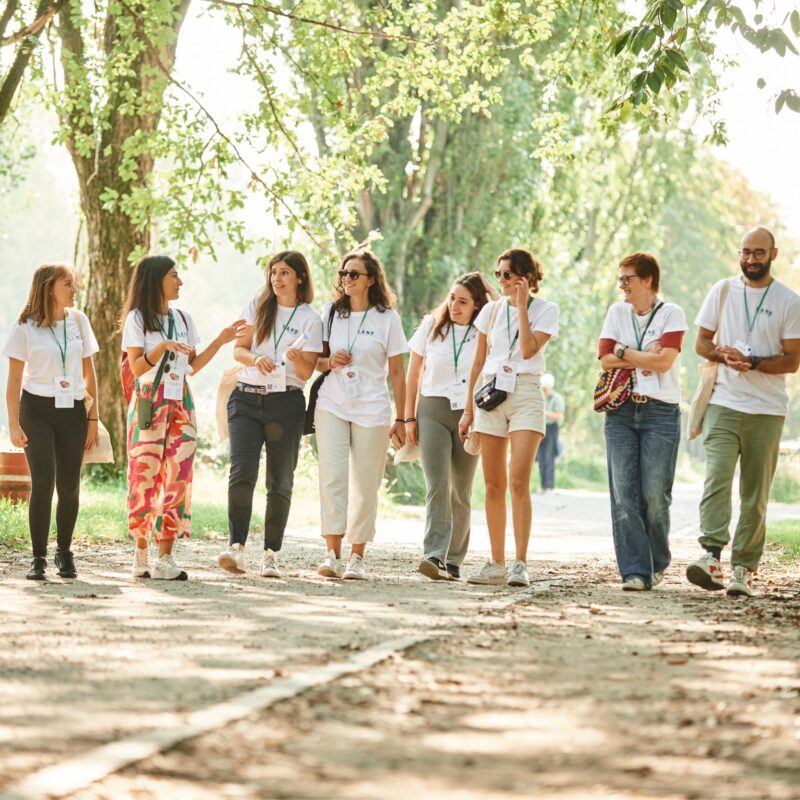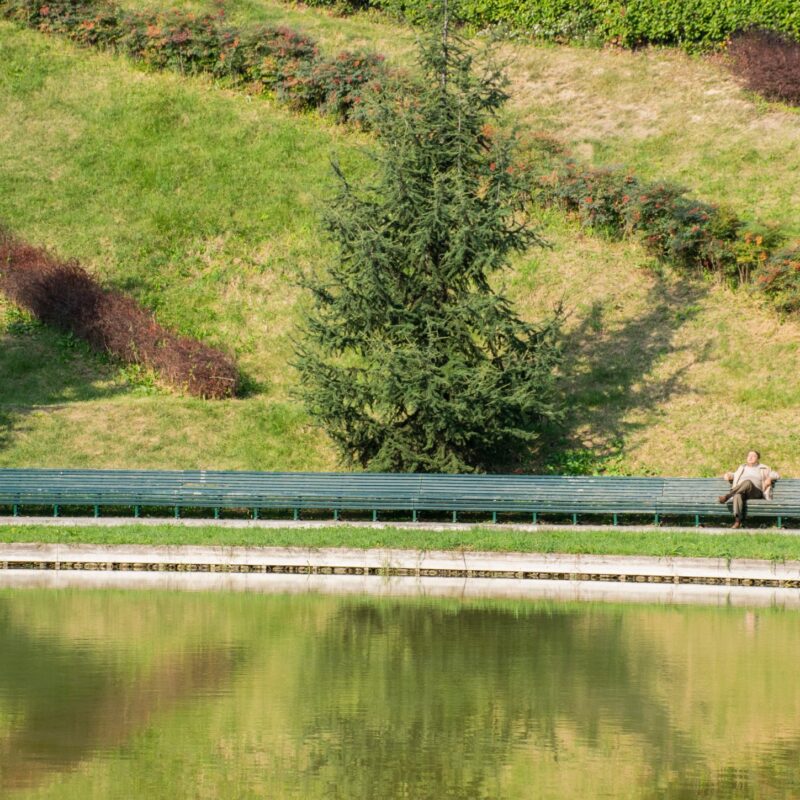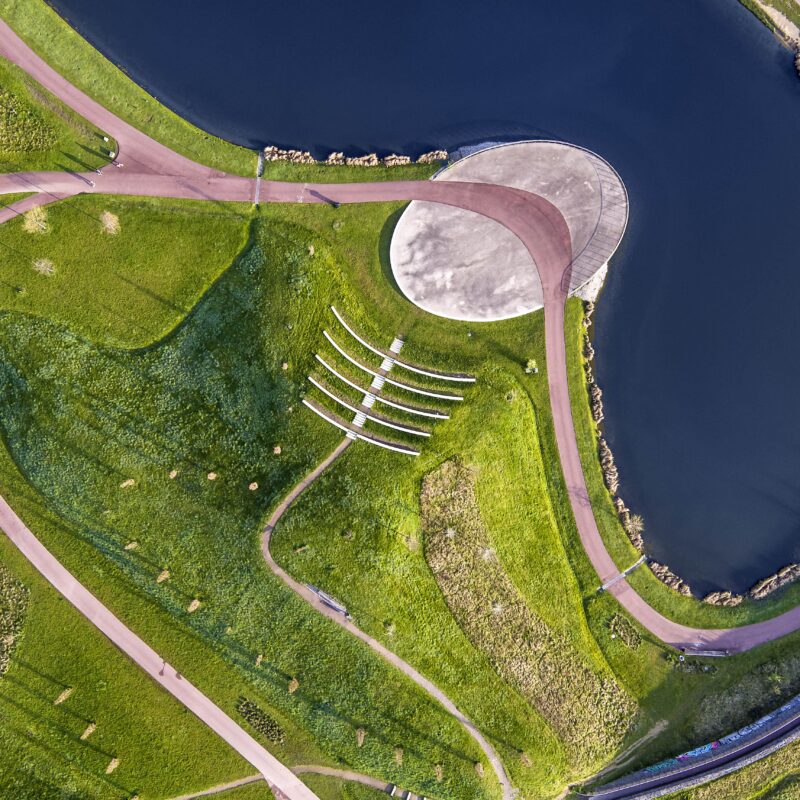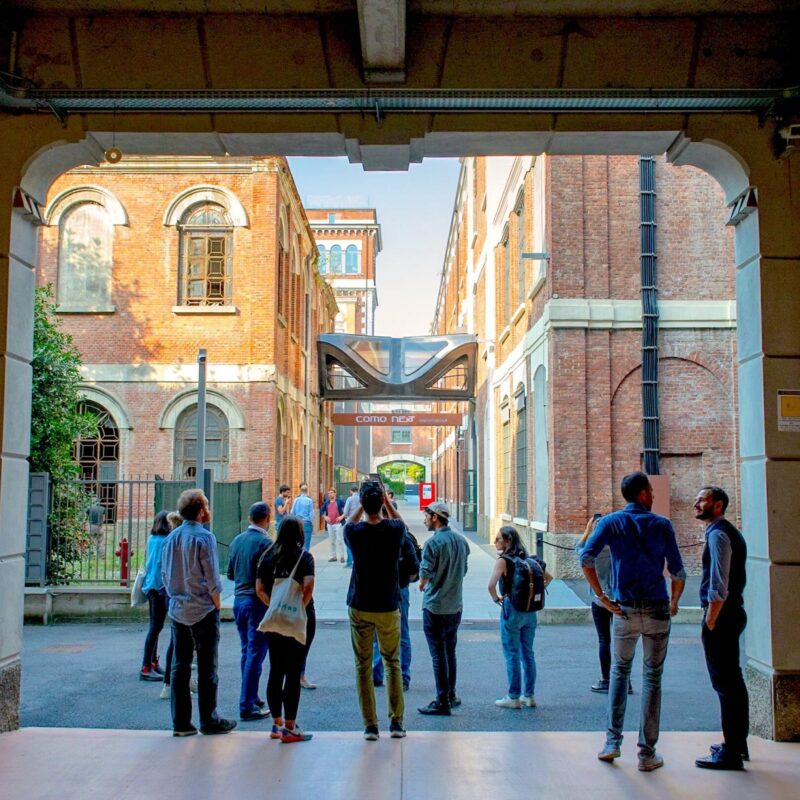
Newsletter #10: Landscape is Life
The Halstenberg Prize as opportunity to reflect upon Andreas Kipar's journey between countries and cultures, busy in cultivating connections and landscapes.
September is always a busy month returning from holidays or, at least, a little break from work to reconnect with ourselves. August has ended in the best possible way with the Halstenberg-Preis I received from German Academy for Urban and Regional Planning (DASL) of North Rhine-Westphalia. The first time a landscape architect was awarded the prestigious medal! That is a great occasion to reflect upon my journey between countries and cultures, busy in cultivating connections and landscapes.
Exactly 40 years ago, in 1984, I embarked on a journey to explore new horizons—a journey of discovery rather than departure. This curiosity and passion for seeking the unseen continue to drive my work today. Whether collaborating with people, recognizing challenges as opportunities, or building bridges across disciplines, these values remain central to my approach.
Thankfully, I am not alone in this journey. I owe much to my family, whose support has been unwavering, and to my founding partner, Giovanni Sala, with whom I established LAND srl in 1990. My colleagues are integral to this shared vision. Together, we form a dynamic, ever-growing community united by ethical and sustainable values that inspire us daily: the LAND Community.

The LAND Community and Family (from left to right): Arianna Senatore, Julian Altmann, Nadine Calaminus-Tölle, Jens Hoffmann, Sandy Schott, Andreas Kipar, Giorgia Kipar, Pauline Kipar, Caroline Kipar, Mark van der Woude. ©Detlef Podeh
A Call for Action: Landscape and Regional Identity
As we face unprecedented environmental challenges, we are reminded that space—especially in its landscape form—will play a key role in shaping regional identity in the future. The need for a renewed combination of spatial planning and sustainable development has never been more urgent. The Ruhr region, with its rich industrial history, is a prime example of how landscapes can be transformed to meet the demands of modern life by reinstalling biodiversity.
Our goal is clear: we must create Nature-Positive Landscapes that respond to the pressing challenges of climate change and biodiversity loss. As the World Economic Forum has pointed out, biodiversity loss is as alarming for the economy as it is for the environment. Without nature, nothing works—an idea echoed by Frans Timmermans, the outgoing Vice President of the European Commission. As Prof. Karl Ganser said, more than 30 years ago, when visiting Milan during my mission as Embassador for IBA Emscher: “The infrastructure of the future is called landscape. Not just any landscape, but one that is ecologically valuable and aesthetically pleasing.”

Jens Hoffmann reflecting on Andreas’ journey with LAND
The Urgency of Forward-Thinking Planning
Planning is crucial. As Friedrich Halstenberg (1920-2010) demanded, the Halstenberg Prize by DASL NRW is a lasting public honour for his extensive work between science and politics, regional planning and spatial planning, particularly in the 1960s to 1980s – noted already in 1983, we need forward-thinking, flexible regional planning that incorporates the needs of all people. In today’s world, his maxims are more relevant than ever. We must move beyond rigid plans and embrace a dynamic, open process that responds to people’s and the environment’s needs. We have to ensure that our daily actions, small steps, come together melodically to form a grand symphony. Our understanding from urban planning aligns with the way we learned from World Economic Forum, considering natural challenges and cultural responsibilities as inspiration for a new economic orientation, facilitating the transition from Nature-Positive Cities to Nature-Positive Landscapes.
The International Garden Exhibition IGA Metropole Ruhr 2027 GmbH in the Ruhr region is a testament to this philosophy. It showcases the potential of transforming former industrial sites into green spaces that address climate adaptation, sustainable mobility, and urban greening. These Future Gardens are not merely showpieces but symbols of Ruhr’s transformation into the greenest industrial region in the world.
An Invitation to the Future
In this time of transition, we must not fear the challenges of global crises and conflicts. Rather, we should seize this moment to reorient ourselves, take responsibility, and work together to shape a sustainable future. This journey is one we cannot undertake alone.
We are learning to listen, especially to the younger generation. Together, we share experiences, hopes, and plans for a future where cultivated and uncultivated fields—what we call LANDschaft—are intertwined. The climate changes are evident, leaving no doubt to all that change must come without delay.

The LAND Community of LAND Germany (from left to right). Mark van der Woude, Andreas Kipar, Julian Altmann, Jens Hoffmann, Nadine Calaminus-Tölle, Arianna Senatore. ©Detlef Podehl
Let us use the freedom of non-linear thinking, as my friend Thomas Schönauer said once, to reorient ourselves in this time of transition, to take responsibility and ultimately to position ourselves. In fact, global crises and wars should not deter us from planning a quality life for tomorrow.
As Hölderlin famously wrote in his elegy Der Gang aufs Land: “Come into the open, friend!” I extend this invitation to all of us today—into the open, towards a future where landscape and life are inextricably linked. I’m grateful for the recognition of my work with the Halstenberg Prize, the paradigm shift we already talked about, is happening! Thank you.









